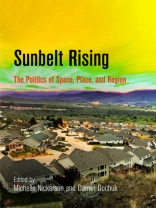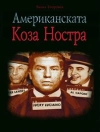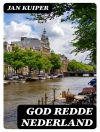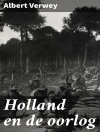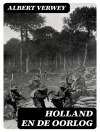Coined by Republican strategist Kevin Phillips in 1969 to describe the new alloy of conservatism that united voters across the southern rim of the country, the term ‘Sunbelt’ has since gained currency in the American lexicon. By the early 1970s, the region had come to embody economic growth and an ambitious political culture. With sprawling suburban landscapes, cities like Atlanta, Dallas, and Los Angeles seemed destined to sap influence from the Northeast. Corporate entrepreneurialism and a conservative ethos helped forge the Sunbelt’s industrial-labor relations, military spending, education systems, and neighborhood development. Unprecedented migration to the region ensured that these developments worked in concert with sojourners’ personal quests for work, family, community, and leisure. In the resplendent Sunbelt the nation seemed to glimpse the American Dream remade.
The essays in Sunbelt Rising deploy new analytic tools to explain this region’s dramatic rise. Contributors to the volume study the Sunbelt as both a physical entity and a cultural invention. They examine the raised highway, the sprawling prison complex, and the fast-food restaurant as distinctive material contours of a region. In this same vein they delineate distinctive Sunbelt models of corporate and government organization, which came to shape so many aspects of the nation’s political and economic future. Contributors also examine literature, religion, and civic engagement to illustrate how a particular Sunbelt cultural sensibility arose that ordered people’s lives in a period of tumultuous change. By exploring the interplay between the Sunbelt as a structurally defined space and a culturally imagined place, Sunbelt Rising addresses longstanding debates about region as a category of analysis.
विषयसूची
Introduction
I. CONSTRUCTING REGION
Chapter 1. Sunbelt Boosterism: Industrial Recruitment, Economic Development, and Growth Politics in the Developing Sunbelt
—Elizabeth Tandy Shermer
Chapter 2. Strom Thurmond’s Sunbelt: Rethinking Regional Politics and the Rise of the Right
—Joseph Crespino
Chapter 3. Big Government and Family Values: Political Culture in the Metropolitan Sunbelt
—Matthew D. Lassiter
Chapter 4. Religion and Political Behavior in the Sunbelt
—Lyman A. Kellstedt and James L. Guth
II. CIVIL RIGHTS IN THE SUNBELT
Chapter 5. From the Southwest to the Nation: Interracial Civil Rights Activism in Los Angeles
—Shana Bernstein
Chapter 6. Sunbelt Civil Rights: Urban Renewal and the Follies of Desegregation in Greater Miami
—N. D. B. Connolly
Chapter 7. Racial Liberalism and the Rise of the Sunbelt West: The Defeat of Fair Housing on the 1964 California Ballot
—Daniel Martinez Ho Sang
III. CONTINGENT PLACES
Chapter 8. Sunbelt Lock-Up: Where the Suburbs Met the Super-Max
—Volker Janssen
Chapter 9. Sunbelt Imperialism: Boosters, Navajos, and Energy Development in the Metropolitan Southwest
—Andrew Needham
Chapter 10. Real Estate and Race: Imagining the Second Circuit of Capital in Sunbelt Cities
—Carl Abbott
PART IV. THE GLOBAL SUNBELT
Chapter 11. The Marketplace Missions of S. Truett Cathy, Chick-fil-A, and the Sunbelt South
—Darren E. Grem
Chapter 12. Tortilla Politics: Mexican Food, Globalization, and the Sunbelt
—Laresh Jayasanker
Chapter 13. Latinos in the Sunbelt: Political Implications of Demographic Change
—Sylvia Manzano
Notes
List of Contributors
Index
Acknowledgments
लेखक के बारे में
Michelle Nickerson is Associate Professor of History at Loyola University Chicago. Darren Dochuk is Associate Professor of History at the John C. Danforth Center on Religion and Politics of Washington University in St. Louis.
